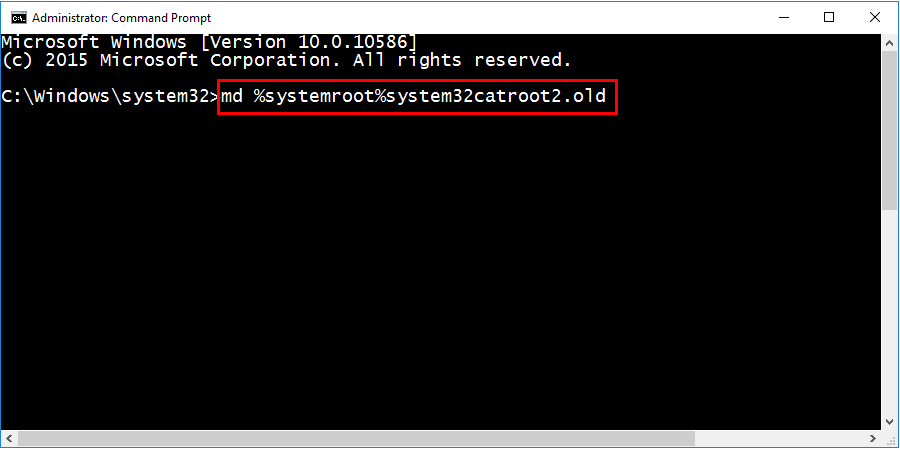

Press the Start button and type “Control Panel”. This is the simplest method, but not necessarily the fastest. You can see how to optimize your pagefile here. Minidumps are also created in Windows 10 on all settings other than “none”, and these are very useful to see the driver files involved in a crash.īear in mind that if you want to configure a complete Windows 10 memory dump, you’ll need a pagefile at least as big as your amount of available memory. Either way, they’re not something the average user will find easy to understand – they’re best sent to support or a developer for troubleshooting. In general, a kernel dump is the best medium, with complete dumps in most cases containing much more than is needed. An Active memory dump is also available, being smaller than complete and containing active memory in kernel and user mode. Kernel dumps contain less information than a ‘complete memory dump’, but more than a ‘small memory dump’, which holds only basic information like loaded drivers, kernel info, and processes. Knowing exactly what was in your computer’s memory before it departed to the blue realm is naturally useful to discover what caused it.īy default, dump files in Windows 10 are set to ‘Automatic memory dump’, which is the same as a kernel memory dump but lets Microsoft do some automatic pagefile management. A dump file, memory dump, or crash dump is a copy of your PC’s memory at the time it crashed.


 0 kommentar(er)
0 kommentar(er)
